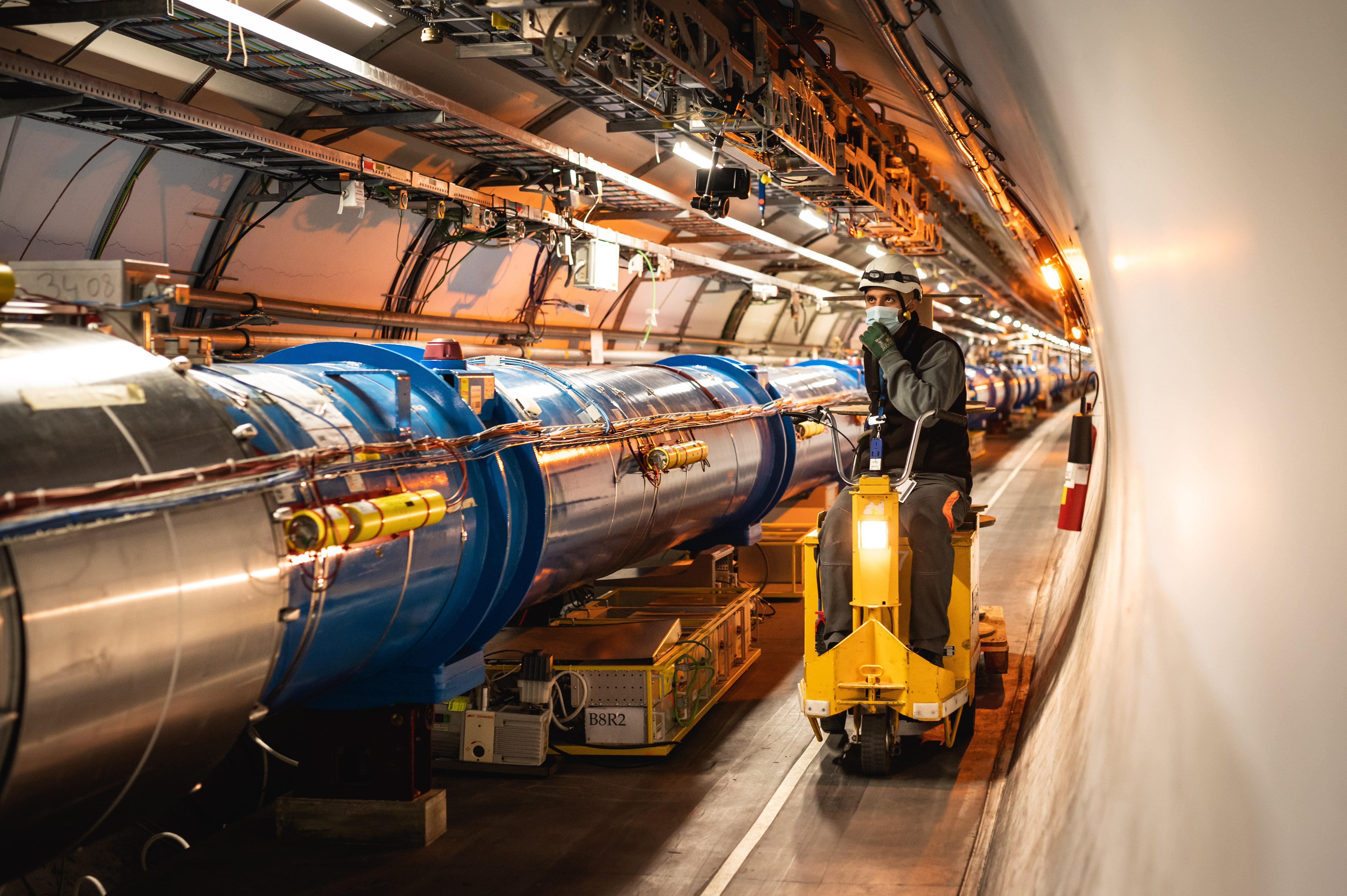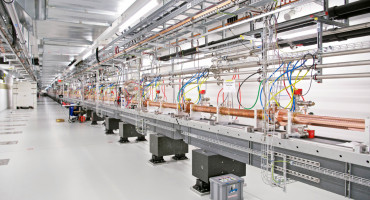
Let’s Go for Muons!
The Israeli start-up company Lingacom develops innovative muon detectors, which can be used for un-derground surveys, content security checks in large shipping containers, and much more. To their reliable production, VAT contributes an innovative sealing method. (5 min. read)



